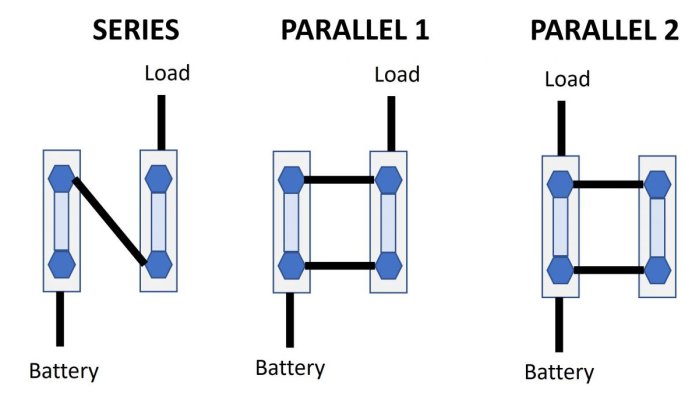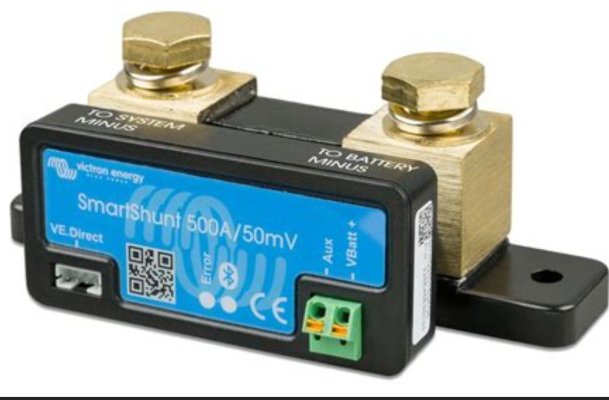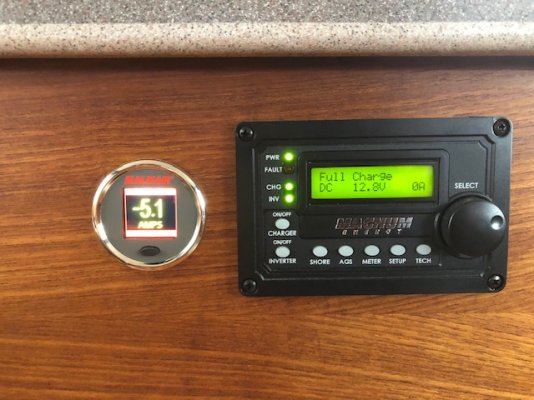mvweebles
Guru
- Joined
- Mar 21, 2019
- Messages
- 7,246
- Location
- United States
- Vessel Name
- Weebles
- Vessel Make
- 1970 Willard 36 Trawler
I have Victron SmartShunt for my solar controls; and a Magnum shunt for the inverter. Should they be cabled in series, parallel, or does it matter?
Simple diagram attached with three options (maybe there are other options?). Pretty sure #1 is the right direction, but would appreciate feedback from TF's Bigger Brain.
Thanks in advance -
Peter

Simple diagram attached with three options (maybe there are other options?). Pretty sure #1 is the right direction, but would appreciate feedback from TF's Bigger Brain.
Thanks in advance -
Peter



